Connecting...

This is a quick preview of the lesson. For full access, please Log In or Sign up.
For more information, please see full course syllabus of Calculus BC
For more information, please see full course syllabus of Calculus BC
Calculus BC Parametric Curves
Lecture Description
In this lesson, our instructor John Zhu gives an introduction to parametric curves. He goes into the familiar functions and the parametric equation/ function. He also goes over several example problems.
Bookmark & Share
Embed
Share this knowledge with your friends!
Copy & Paste this embed code into your website’s HTML
Please ensure that your website editor is in text mode when you paste the code.(In Wordpress, the mode button is on the top right corner.)
×
- - Allow users to view the embedded video in full-size.
Next Lecture
Previous Lecture










































 Answer Engine
Answer Engine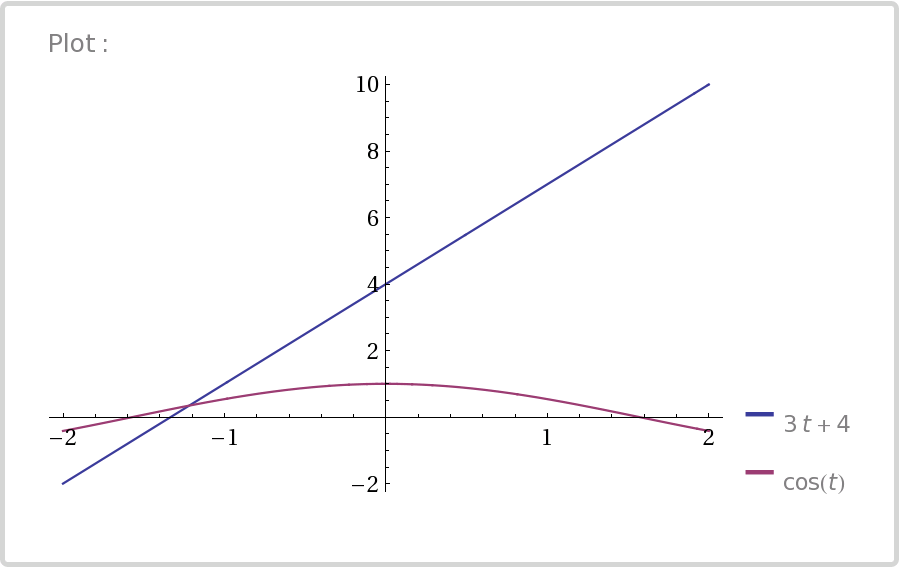
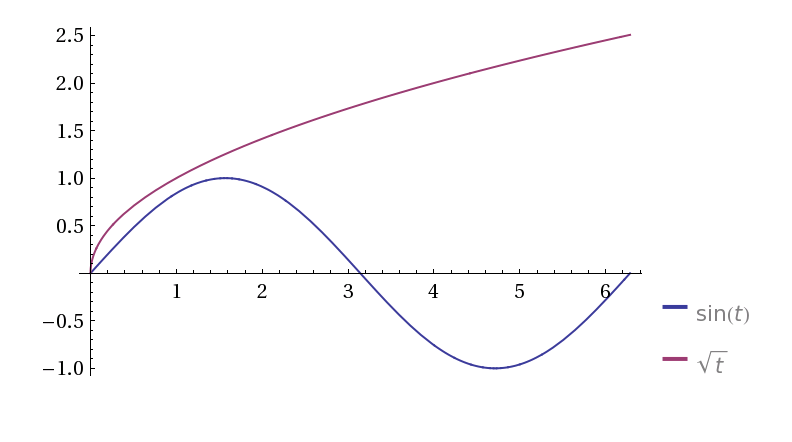
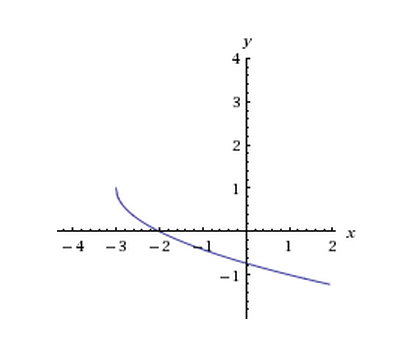
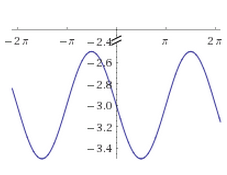
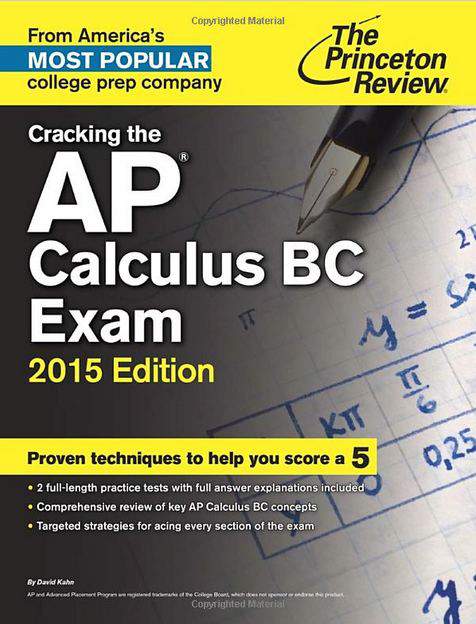




0 answers
Post by Mohamed E Sowaileh on July 10, 2017
Hello Dr. John Zhu,
I hope you are very well.
I am a student who is extremely weak in math. In order to be very strong in math, specially for engineering field, could you provide me with sequential order of mathematical topics and textbooks. With what should I begin so that I can master big topics like calculus, statistics, probability ... etc.
Your guidance is precious to me.
Thank you so much.
0 answers
Post by Firebird wang on November 2, 2016
Are there any way to watch the two video which called AP Statistics Practice Test 2013 an AP Statistics Practice Test 2014?
3 answers
Last reply by: Firebird wang
Wed Oct 12, 2016 10:47 PM
Post by Jimmy Jones on September 8, 2015
Hello Professor,
I am contacting to know if I can go straight to learning this course instead of learning Calculus AB. Is that made possible through these lessons
Thanks
0 answers
Post by Brady Dill on July 13, 2014
Great video! But I was thrown by your use of 'comprise', which means something entirely different. https://www.google.com/search?q=comprise+definition&ie=utf-8&oe=utf-8&aq=t&rls=org.mozilla:en-US:official&client=firefox-a&channel=sb Otherwise, well-explained! I understand now.
0 answers
Post by John Zhu on August 12, 2013
Yes folks, Ln(0) is never defined! That is a drawing error that SHOULD include a vertical asymptote as Sumant has suggested. Thanks for the feedback and notes guys. Cheers! =)
0 answers
Post by Him Tam on July 30, 2013
Yeah, the graph shouldn't intersect the y-axis
0 answers
Post by Sumant Nigam on March 8, 2013
I thought the video was great, but for the last problem: f(x)=ln(x)-1 the graph should not intersect the y-axis, right? There should be a vertical asymptote there.
0 answers
Post by Maimouna Louche on June 15, 2012
Yey I am first! I loved it all!